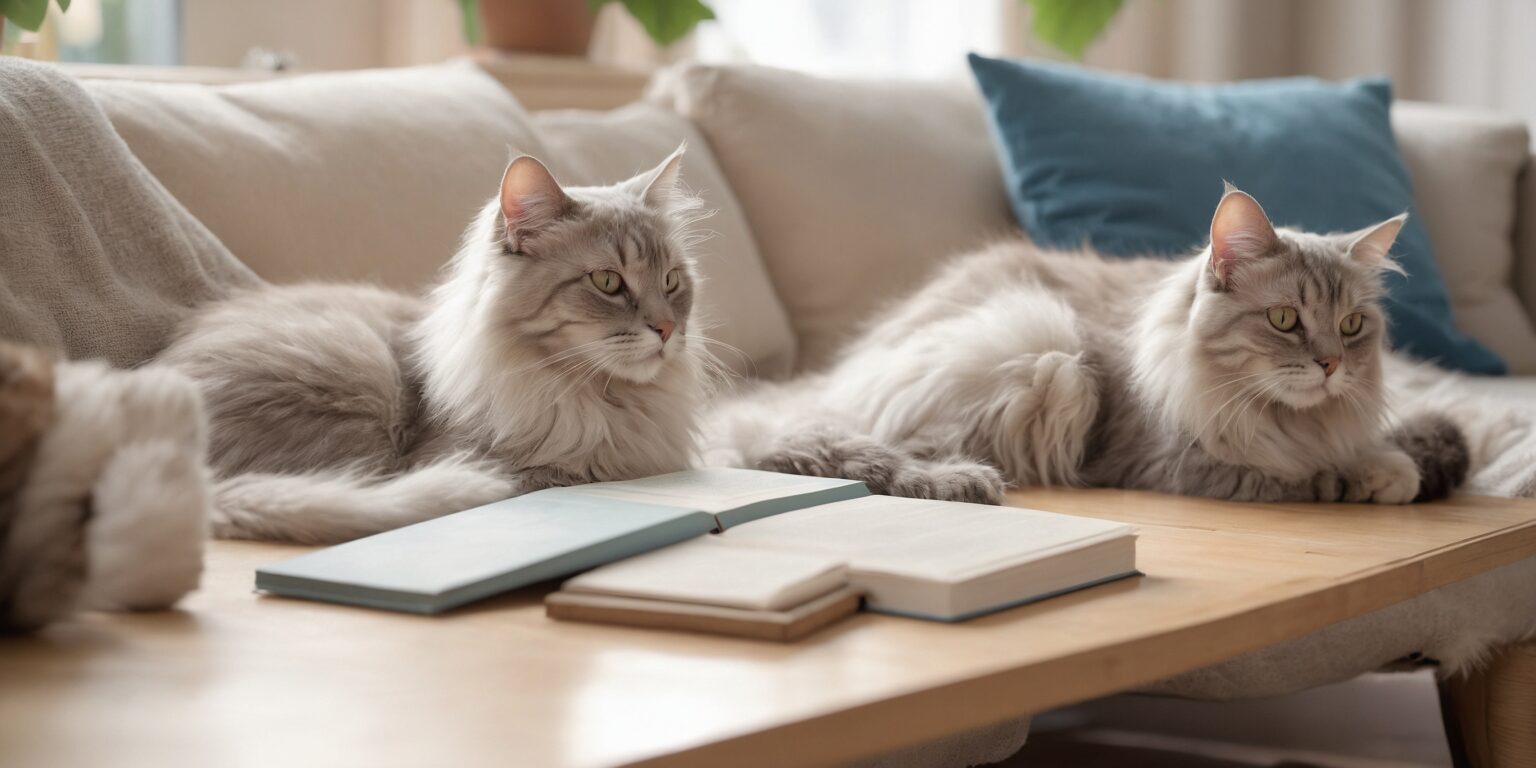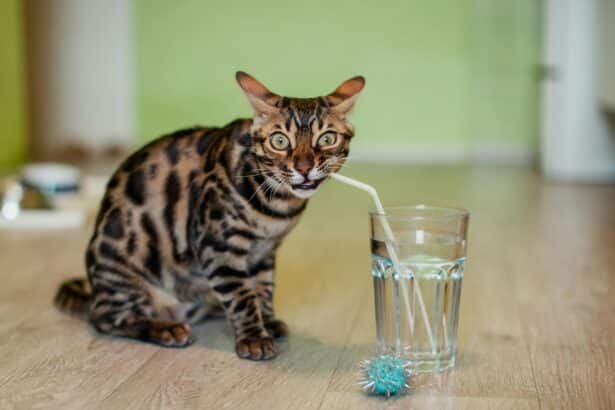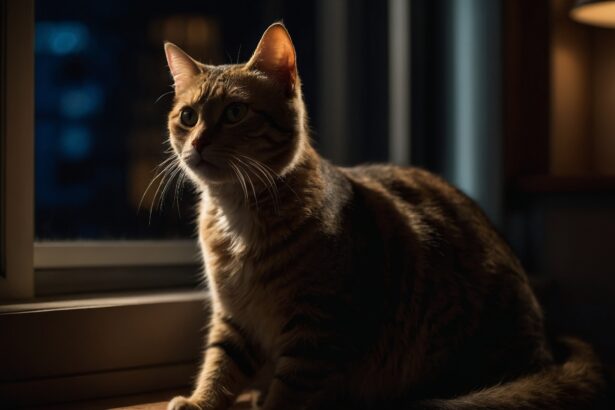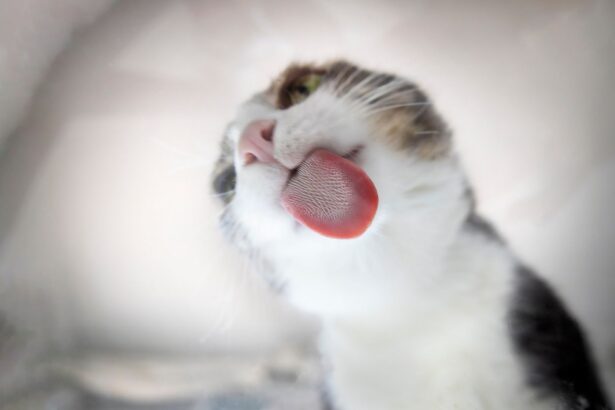Choosing a cat breed can feel a bit like picking a perfume: it has to match your lifestyle, your vibe, and yes, your cuddle expectations. Between size, coat care, temperament and health, there’s plenty to weigh up—but that’s also part of the joy. Ready to meet your whiskered soulmate?
Why choose a specific cat breed?
Looks matter, of course—but so do energy levels, grooming needs, and how a cat meshes with your daily rhythm. Some breeds are little athletes; others are sofa philosophers. Some adore being held; others prefer to love you from the other end of the couch.
Knowing a breed’s typical traits helps you set the right expectations and build a great match from day one. Curious about key criteria for families specifically? Take a look at this guide to help you narrow things down naturally: how to choose the best cat for your family.
Cat breeds for families
Got kids or other pets at home? You’ll want a gentle, playful personality and a sturdy temperament. The Maine Coon is a beloved family classic—big heart, big paws, and big patience. They’re sociable, enjoy games, and tend to handle the joyful chaos of family life beautifully.
- Maine Coon: affectionate giant, playful, usually patient with children.
- Ragdoll: relaxed, cuddly, often described as “puppy-like” in their devotion.
- Siberian: friendly, active, and famously people-oriented.
Want a deeper look at this fluffy legend? Explore our family-friendly, practical guide: adopting and raising a Maine Coon.
Cat breeds for seniors
If your ideal companion is calm, affectionate and content with a cozy routine, a mellow breed is your match. Persians are famous loungers with big eyes and bigger napping goals. They enjoy quiet homes, short play sessions, and regular spa-level brushing.
- Persian: gentle, serene, prefers a peaceful environment.
- British Shorthair: calm, independent, dignified cuddle buddy.
- Chartreux: sweet, discreet, often forms a soft bond with one person.
Looking for more zen? You’ll love this selection of soothing kitties: the calmest cat breeds.
Cat breeds for apartments
Small space doesn’t mean small love—just choose a cat comfortable indoors and happy with daily enrichment. The British Shorthair is an apartment star: easygoing, loyal, and not demanding of marathon playtime. Add vertical spaces and quiet play, and you’re golden.
- British Shorthair: tranquil, affectionate, respectful of a tidy home.
- Ragdoll: couch-connoisseur with a sweet, velcro heart.
- Scottish Fold: soft-spoken companion, thrives on gentle interaction.
If the British has your heart, this guide is a lovely next step: British cat secrets for 2024.
Cat breeds for first-time owners
New to cat parenting? Look for adaptable, easy-care companions. Domestic shorthairs (our charming “alley cats”) are wonderfully robust and full of personality—each one a unique story. Siamese and European Shorthairs also make engaging, interactive companions for beginners.
- Domestic Shorthair: low maintenance, versatile, endlessly lovable.
- European Shorthair: balanced temperament, playful without excess.
- Siamese: talkative, people-focused, thrives on bonding.
Curious about the everyday superstar kitty? Dive into the ultimate alley cat guide for care and smart tips.
How to choose the right breed in 2024
- Energy and time: athletes (Bengal, Abyssinian) need daily play; relaxed souls (Ragdoll, British) are happier to cuddle.
- Grooming: longhairs (Persian, Maine Coon) need regular brushing; shorthairs are simpler but still shed.
- Health tendencies: some breeds may be more prone to specific issues (e.g., flat-faced cats can have breathing challenges). Plan vet care and insurance accordingly.
- Noise tolerance: talkers like Siamese are charming… and chatty.
- Budget: consider adoption costs, grooming tools, quality food, and vet visits.
If you’re eyeing pedigree options, this resource will help you compare calmly and clearly: choosing a pedigree cat in 2024.
Your practical pro tip
Try the “one-week lifestyle test.” For seven days, live as if your chosen breed were already home: schedule play windows, brushing time, and feeding routine. If the plan fits easily, you’ve likely met your match; if not, adjust the breed or the routine.
A common mistake to avoid
Don’t choose on looks alone. That glorious coat or those folded ears can hide daily needs you may not enjoy (think frequent brushing or sensitive joints). Choosing temperament and care level first prevents stress—for you and for your future fluff.
Surprising cat fact
Ragdolls earned their name because they often relax completely when picked up—like a soft toy. Not all do, of course, but many will melt in your arms as if they were born to cuddle.
Caring for your chosen breed
Nutrition matters just as much as the breed itself. High-quality food, clean fresh water, and play that fits your cat’s energy keep bodies strong and minds happy.
- Longhairs: daily brushing prevents tangles and hairballs.
- Active breeds: puzzle toys and vertical climbing calm their curious brains.
- All cats: routine vet checks and a comfy, safe resting spot are non-negotiable.
Still comparing personality types? Browse helpful breed roundups here: all breeds of cat.
The gentle bottom line
There’s no “best” breed for everyone—only the best fit for you. Meet different cats, ask thoughtful questions, and listen to your heart (and maybe a few meows).
Take your time. The right match now brings years of soft paws, slow blinks, and warm laps later.
FAQ
Which cat breeds are most affectionate?
Ragdolls, Maine Coons, and Siberians often rank high for cuddles. That said, individuals vary—shelter cats can be world-class snugglers too.
What’s the easiest cat breed to care for?
Domestic shorthairs are wonderfully low-fuss, with simple grooming and adaptable personalities. British Shorthairs are also famously easygoing.
Which breeds are best for small apartments?
British Shorthair, Ragdoll, and Scottish Fold do well indoors with enrichment, vertical spaces, and calm routines.
Do certain breeds have more health issues?
Some can be predisposed to specific concerns (e.g., flat-faced breeds may have breathing challenges). A responsible breeder and regular vet care make a big difference.








